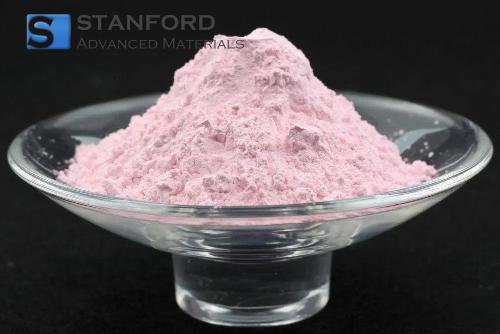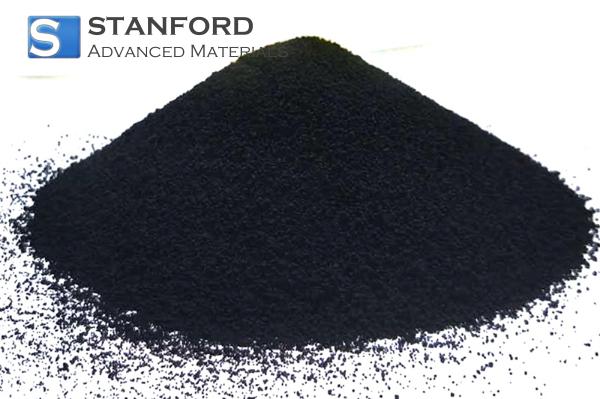Introduction To The Electro-optic Effect
What is the electro‐optic effect?
The electro‐optic effect is a property of certain materials whereby their optical properties, such as refractive index, change when an electric field is applied. This phenomenon is central to the development of various photonic devices and technologies.
Electro‐optic coefficients
Electro‐optic coefficients measure the extent to which the refractive index of a material changes under an electric field. These coefficients are crucial for the development of efficient electro‐optic modulators and the optimisation of their performance in various applications.
Applications of the electro‐optic effect
Electro‐optic modulators
Electro‐optic modulators utilise the electro‐optic effect to control the phase, amplitude or polarisation of light signals. They are important components in telecommunications and permit rapid modulation of laser beams used in optical fibre communication systems.
Lasers and LEDs
In laser and LED technology, the electro‐optic effect permits dynamic control of light output. Adjustment of the electric field enables modulation of the intensity and wavelength of the emitted light, thereby enhancing functionality in various applications.
Material selection and the electro‐optic effect
Selecting a material with suitable electro‐optic coefficients is essential for the efficiency of electro‐optic devices. Common materials include Lithium niobate and certain polymers, each offering distinct advantages regarding performance and application suitability. Additional advanced materials are available from Stanford Advanced Materials (SAM).
Comparative analysis of electro‐optic devices
|
Device type |
Application area |
Main advantage |
|
Electro‐optic modulators |
Telecommunications |
High‐speed signal processing |
|
Lasers |
Medical imaging |
Precise control of the light wavelength |
|
LEDs |
Display technologies |
Dynamic control of brightness and colour |
Frequently Asked Questions
Which materials exhibit strong electro‐optic effects?
Materials such as Lithium niobate and specific electro‐optic polymers are known for their strong electro‐optic coefficients, which makes them suitable for high‐performance modulators and other photonic devices.
How do electro‐optic modulators improve communication systems?
Electro‐optic modulators enable rapid and precise control of light signals in optical fibre networks, thereby increasing data transmission rates and overall efficiency.
Can the electro‐optic effect be utilised in display technology?
Yes, the electro‐optic effect is employed in advanced display technologies to dynamically adjust brightness and colour. This adjustment results in improved energy efficiency and display performance.
What are the advantages of lasers with electro‐optic modulation?
Lasers with electro‐optic modulation provide precise control over light properties, which is essential for applications requiring accurate and stable operation. They are utilised in medical devices and scientific research.
How does temperature affect the electro‐optic coefficients?
Temperature fluctuations can affect the electro‐optic coefficients of materials, thereby altering the performance of electro‐optic devices. Ensuring thermal stability during device development is important to maintain consistent operation.

 Bars
Bars
 Beads & Spheres
Beads & Spheres
 Bolts & Nuts
Bolts & Nuts
 Crucibles
Crucibles
 Discs
Discs
 Fibers & Fabrics
Fibers & Fabrics
 Films
Films
 Flake
Flake
 Foams
Foams
 Foil
Foil
 Granules
Granules
 Honeycombs
Honeycombs
 Ink
Ink
 Laminate
Laminate
 Lumps
Lumps
 Meshes
Meshes
 Metallised Film
Metallised Film
 Plate
Plate
 Powders
Powders
 Rod
Rod
 Sheets
Sheets
 Single Crystals
Single Crystals
 Sputtering Target
Sputtering Target
 Tubes
Tubes
 Washer
Washer
 Wires
Wires
 Converters & Calculators
Converters & Calculators
 Write for Us
Write for Us





 Chin Trento
Chin Trento



